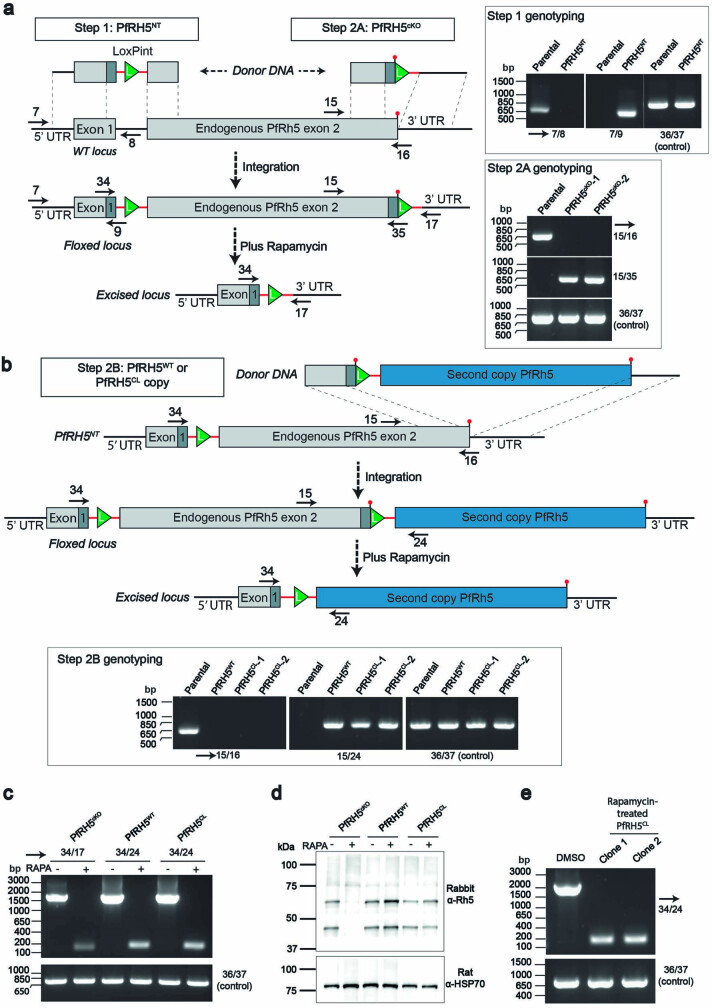Extended Data Fig. 6. Generation of PfRH5 conditional knockout and complemented parasites.
a, Schematic illustrating generation of transgenic rapamycin-inducible PfRH5cKO line through the successive introduction of 5’ LoxPint (Step 1, generating line PfRH5NT) followed by 3’ LoxPint site (Step 2 A), resulting in floxed exon 2 of PfRh5 (line PfRH5cKO). Genotyping PCRs are shown (inset on right). One clone of PfRH5NT and two clones of PfRH5cKO parasites were generated. Solid black arrows indicate position of primers used to screen by PCR for integration of LoxP sites, which was done once. Primers are numbered as in Supplementary Table 1. b, Schematic illustrating the introduction of a second, complementary copy of PfRH5 (either PfRH5WT or PfRH5CL) 3’ to endogenous PfRH5. The donor DNA included 548 bp of 3’ end of endogenous PfRH5 followed by a small recodonised sequence, part of LoxPint, the second copy, and finally, 591 bp of endogenous 3’UTR. This design allowed for inducible complementation such that after rapamycin induced excision, only the complementary copy of PfRH5 was expressed. PCR genotyping of Step 2B is shown in inset. One clone of PfRH5WT and two clones of PfRH5CL parasites were generated. For schematics in both a and b, green triangles represent LoxP DNA sequence; red lines represent sera2 intron sequence; dark grey shaded boxes represent recodonised pieces of DNA. c, Genotyping PCR demonstrating that rapamycin induced excision of endogenous PfRH5 exon 2. Data shown is representative of two biological repeats. d, Anti-PfRH5 western blotting demonstrating ablation of PfRH5 expression for rapamycin treated PfRH5cKO parasites or expression of a complementary copy of PfRH5 for PfRH5WT and PfRH5CL lines. Hsp70 was used as a loading control. Data shown is representative of three biological repeats. e, Rapamcyin treated PfRH5CL parasites could be cloned by limiting dilution and maintained in culture. Primers used in PCR genotyping are listed in Supplementary Table 1 and the expected PCR product sizes in Supplementary Table 2. This was done once. For each set of PCR reactions, control primers 36/37 were used to amplify a 737 bp product from the PfRON2 locus.

